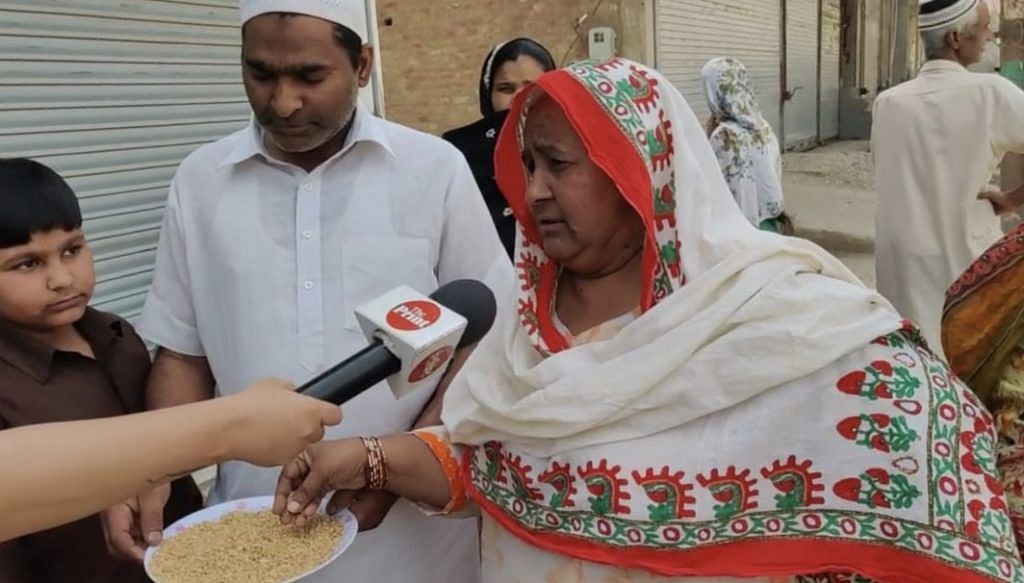When my colleague Taran Deol and I set out for Punjab to report on how Covid-19 has affected the state, I was quite confident that at least language wouldn’t be a problem. Punjabi is my mother tongue, so there won’t be communication barriers. I saw it as an added advantage while looking for stories in the heart of the state.
Our first stop at Mohali, near Chandigarh, was quite smooth. We interacted with a number of police personnel, chemists, and shopkeepers. Most of them thought we might not know Punjabi and largely talked to us in Hindi. But as we went deeper into the state, after covering Mohali, the real test began, and I felt my confidence shaking.
The language people spoke was still Punjabi, but the dialect changed every 100 kilometres. It was unfamiliar to me and I started fumbling while interacting with people. I found myself struggling to understand what exactly people wanted to say, forget getting a quote.
Eventually, with much guilt, I stopped beating around the bush and completely switched to Hindi.
Also read: Warmth, food, lots of chai — 2 journalists on Covid-19 trail get taste of Punjabi kindness
Giving up Punjabi
I was born a Punjabi, my mother tongue was Punjabi, and yet, I was finding it difficult to communicate in my own language. It was a strange feeling.
I realised that being born and brought up in Delhi, I had, knowingly or unknowingly, developed a huge gap between me and my mother tongue. I could claim Punjabi was my mother tongue, but that claim was rather hollow.
Districts like Shaheed Bhagat Singh Nagar and Sangrur in Punjab were even more challenging.
At Malerkotla in Sangrur district, all the signboards on roads, at shops, and even at the hospital we visited for a story, were in Gurmukhi script. Taran and I were puzzled looking at them. I was unable to decipher what was written. We instead followed ward numbers to reach our destination.
Also read: Akal Takht chief angry as Nanded pilgrims battle Tablighi parallels after Covid-19 spurt
Losing our roots
I recalled how, as a child in Delhi, I wanted to learn Gurmukhi but was never able to. It hit me when I was interacting with an auxiliary nurse-midwife, who was part of the surveillance team in the district. To know how things worked at the ground level, it was important for us to understand every aspect of their work thoroughly.
We wanted Balwinder Kaur, a health supervisor at Civil Hospital, Nawanshahr, to speak on video. For this, I requested her to speak in Hindi because many of our viewers are Hindi-speakers. She flatly refused and said, “I come from a village, I have not spoken Hindi all my life.” Respecting her decision, I started asking questions in Punjabi. I felt intimidated because she took long pauses to understand them. But we as journalists must take such incidents in our stride and press on for the story.
The chance to be able to report in Punjabi not only proved to be a unique experience, but also taught me a lesson on how people in cities might be losing touch with their roots.
One thing kept ringing in my mind throughout the assignment was: Do people lose their regional identities in big cities? And the irony is that we are not even aware of the loss.
The Covid-19 crisis is forcing India to zoom in, look at ground realities, regardless of class, caste and even language.
Views are personal.
